1. Introduction
Almost each and every one of us goes through a phase when we get our home interiors done. It could be setting it up from scratch after buying a new house or refurnishing your existing home. Early or late, everyone inevitably goes through it atleast once in their life. The stakes are high – not only are the costs significant, but the outcome of the interior design exercise also affects your daily life going forward. So it’s important that you do a thorough job of it.
Getting your interiors done must be treated like a project – it is an intricate exercise with several moving parts and interdependencies, where even a couple of things going wrong can lead to significant delays and additional costs.
This is the first post of a series of 4 posts, where I shall delve into how to go about planning the interior design of your house from a layman/customer perspective. I will not get into aesthetics like looks, colour or home décor. Rather, I shall focus on a structured approach to planning the interior design exercise itself, by making sure you’ve asked the right questions, assessed your needs, understood the pros and cons of different options, budgeted prudently and designed your house in a way that’s optimally suited for your needs. These posts will also equip you with a minimum level of knowledge around concepts, materials, coatings, finishes, appliances, etc. so that you are able to make informed decisions and not taken for a ride by anyone.
2. Why is it necessary to plan your interior design exercise?
Here’s a typical scenario that most people go through when getting their interiors done. If you ask your friends and colleagues, you will notice that most of them would have gone through a sequence of events that more or less resembles something like this:
- You start off with a lot of excitement with visions of a beautiful dream home and you decide to do a quick internet search to get an idea of the possibilities out there.
- Design websites, Pinterest, Instagram and other social media wow you further. The plethora of options add to your excitement, but also to your confusion regarding which way to go.
- You ultimately get tired and go to a designer or carpenter for their inputs, only to realise that a lot of those pictures are practically infeasible to execute or way beyond your budget.
- You agree on a scope, negotiate hard with the designer and feel triumphant of having struck a great deal.
- Execution starts. Halfway through the project, costs start rising since the furniture building materials, finishes, coatings, accessories mentioned in the quote only considered the cheapest category that most people would avoid. What you like now, are much costlier.
- Material selection process and unavailability contribute to delays, which in-turn cost you more in terms of project labour costs as well as longer rent payment before you enter your new home.
- Your prime focus now shifts to somehow getting the project finished.
- By the end of it, you are frustrated as the project is either delayed or has gone way over your budget or both. You somehow mentally reconcile with this and decide it’s best to bite the bullet move on.
- Soon after shifting in, you realise that while your house looks beautiful, you ended up spending on some things that you didn’t really need, overspent on few others where a lower expenditure would have sufficed, and spent too little on things that were really important.
Good planning could have avoided a lot of this.
Another reason that the above scenario gets played out so often, is that most of us just don’t have any expertise or experience in doing this. And we aren’t in any position to develop it either, as getting your home interiors done is one of those infrequent activities that we do once or twice in our entire life.
While the internet is flooded with sites that focus on aesthetics and home decor, there is very little guidance available on planning your home interior design from a layman’s perspective.
3. Why is it important to do the entire planning exercise yourself?
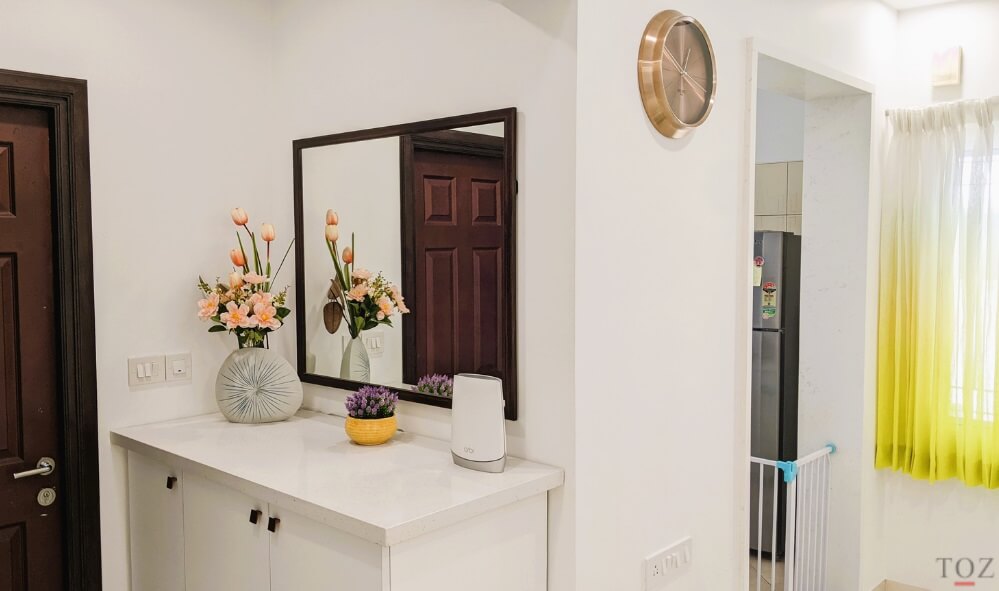
You will be faced with a lot of questions when you are about to go about planning the interior design of your house. For instance:
- Where to start and how to go about planning your home interiors?
- What are the key decisions to be made? What factors to keep in mind for each of them?
- How much should you spend on interior design? How to arrive at an estimate?
- In what areas should you definitely spend more and where can you get away with spending less or even nothing?
- Should you engage an interior designer? Or can you simply go ahead with a carpenter and other vendors?
- How do you select the right interior designer?
- What factors should you consider when designing different pieces of furniture?
- What are your options for build material, finishing, fittings and other hardware? What are the pros and cons of each?
- How do you decide if you should get a furniture piece custom-made or buy a readymade one from a store?
- How do you select appliances that match your needs? Which features are critical and which ones are mere marketing gimmicks?
It always helps to do your homework.
You may be tempted to hire an interior designer right away to handle all these questions. However, it may not be optimal to hire one at this point. Here’s why:
- The interior design of your house is significantly influenced by your lifestyle, habits, priorities, interests and preferences – things that only you and your family will know. So even if you do hire someone, they would still come back to you with the same questions, or worse, just go ahead with something average.
- There are millions of designs out there for each and every aspect of a house. Being prepared helps the designer to show you the right kinds of designs, materials and options that are apt for your needs.
- While a designer might even agree to do all of the above, some aspects may lie outside his/her area of expertise. For instance, you will need to be in the driving seat when it comes to home appliances. A sub-optimal choice of appliances can become a pain in the long run.
- Being prepared also reduces your chances of getting swindled – after all, there are bad apples in the world of designers as well. If you turn up with a clean slate, you just might be taken for a ride and be sold something where they make the most money. Some designers also suggest basic models of appliances, electronics and other fixtures so that they get a greater share of your overall interior design budget.
Personal experience:
We had gotten my parent’s kitchen designed and executed using the services of a well-known modular kitchen company. We assumed that the designer would be best suited to select the kitchen appliances as well, and allowed him to take all those decisions. While their work on the kitchen was impeccable, it was only later that we realised that his choices of chimney, hob and other appliances were not ideal for our needs. The products in themselves were very good, nor did he cheat us in any way; it’s just that a different model would have made much more sense. Had we given it more thought, been more involved, assessed options and shared it with him, he would’ve probably suggested the right models.
4. The home interior design planning process (HIDPP)
The home interior design planning process (HIDPP) structures the interior design exercise into a 9-step process, each with its own objectives and outcomes. It will not only help you plan better and answer common questions, but also equip you with knowledge to make more informed decisions when planning your interiors.
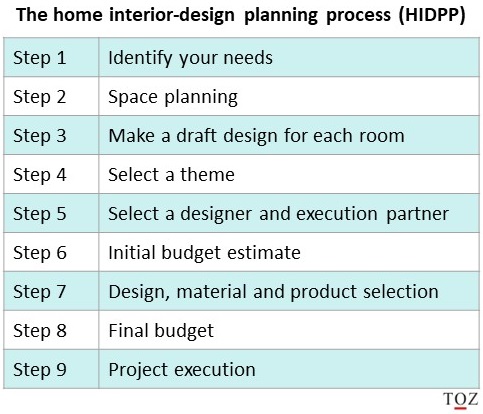
Some of these steps have sub-topics that need deeper analysis – kitchen design, wardrobe design, bed design, lighting etc. I shall detail them in separate posts and update the links in the respective steps.
4.1 Step 1 – Identify your needs
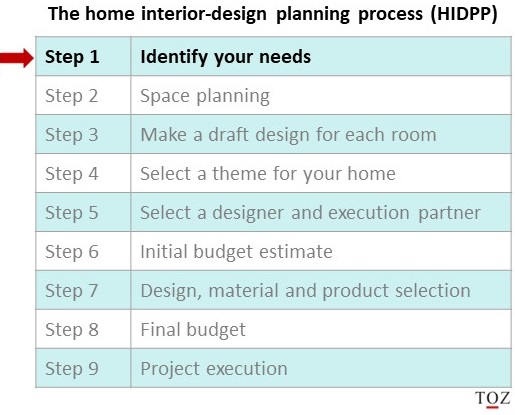
This is the most critical step of the interior design process, which people often skip assuming it is obvious. The fact of the matter is, unless you articulate and list down what you exactly need, you will inevitably end up skipping some important ones and potentially miss out on opportunities of making your daily life more convenient.
By the end of this step…
…you will have a list of your needs clearly articulated, prioritised and grouped into the must-haves and nice-to-haves.
4.1.1 But shouldn’t you decide on budget first?
No.
This is probably the biggest mistake you can make, even though 95% of the people around you would suggest fixing your budget first. Prima facie, deciding on a budget does seem to make sense. Budget is important no doubt, but it’s not the first thing you fix.
The problem with setting a budget in the beginning is that it becomes a subconscious anchor on how much you are willing to spend, and trust me, you will eventually end up spending that much, even if it was possible to spend lesser.
The main objective of getting your home interiors done, is to address your lifestyle needs so you can be comfortable at home. Looks are important of course, but comes at a close second after needs. You can spend any amount of money to make it visually appealing, but if it doesn’t address your needs, you will neither be comfortable nor happy.
The last thing you want is a good-looking house that’s inconvenient to live in.
4.1.2 Start with identifying your basic needs
- What will be the purpose of each room?
- Does it make sense to have a guest room?
- Do you need beds in all bedrooms?
- If you have or intend to have a pet, what would be its space/storage needs?
- Do you need a separate room for a home-office setup? Or a table and chair in a bedroom would suffice?
Given that working from home is becoming increasingly common, consider having a well-designed ergonomic workspace with integrated accessories.
- In case your spouse also works and both of you tend to have meetings at the same time, consider having 2 workspaces in separate rooms. If space turns out to be limitation, the second workspace could just be a simple table and chair setup with the minimum necessary peripherals.
4.1.3 Consider your lifestyle and interests
- If you are a movie buff, would you like an elaborate home theatre setup? Or would it suffice to have a TV and a soundbar?
- If you are a baking enthusiast, then you must decide between a convection microwave, OTG and a built-in oven.
- If you are an avid reader, you may want a small library or a reading corner.
- If you are into hosting parties often, you may need to allocate space for more seating, serving space and placing big speakers.
If you have (or are going to have) a baby at home, consider having a lot of open spaces initially – kids need space in the initial years to move around freely without injuring themselves. You could consider adding furniture pieces subsequently as they grow up, but plan for them now.
Make an exhaustive list of all your needs, list everything that comes to mind irrespective of how obvious it may sound; don’t assume anything will be automatically covered even it is obvious. When prioritising later, you will have to balance many factors and it’s very easy to miss out on a couple of items when considering many aspects together.
4.1.4 Prioritise your needs
Once you have listed down your needs, prioritise them. You could split them into 2 groups first and prioritise within each group:
- The must-haves – These are things you absolutely need – the non-negotiables. This would include items like the bed, wardrobe, shoe-rack, dining table, sofa, etc.
- The nice-to-haves – These are things you are willing to negotiate on. For example, you may absolutely want a reading corner, but may not be too particular about a large bookrack. You may like a swing, but only in case there is space available to accommodate one after the must-haves have been addressed.
By the end of this exercise, you should have a list of your needs clearly articulated and grouped into the must-haves and nice-to-haves.
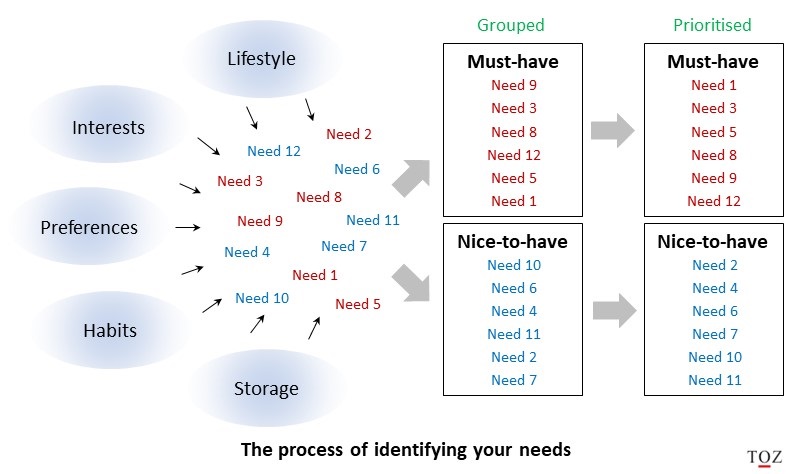
Outcome of Step 1
A prioritised list of your needs grouped into the must-haves and nice-to-haves.
5. Conclusion
Planning your home interior design is a complex, detail-oriented process with several factors to balance. But a systematic approach towards it can go a long way in saving you money, avoiding delays and adding a lot of convenience to your daily life.
Have questions or queries?
There are some pertinent queries that other readers have asked in the comments section at the end of this page; do go through them to see if any of them resonate with you. If you have a different question, feel free to mention it there; I will do my best to answer it. Please allow a few days for me to respond. If I (or any other reader) can answer it, then good. If not, atleast it will be something for the next reader to keep in mind. In case you have any learnings or experience to share, do mention it there for the benefit of other readers.
Step 1 was about identifying your needs. We continue into step 2 in the next post where we explore space planning – understanding the space constraints of your house and creating layout options.
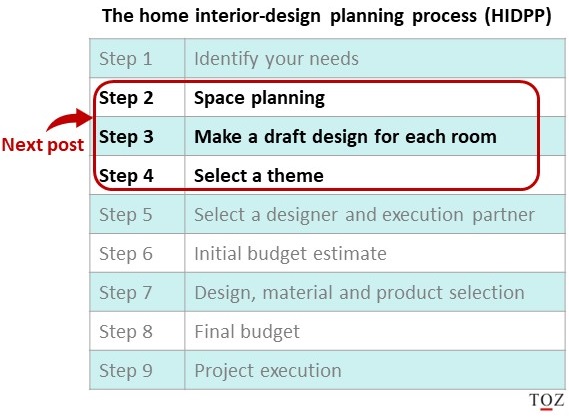
Share this post:

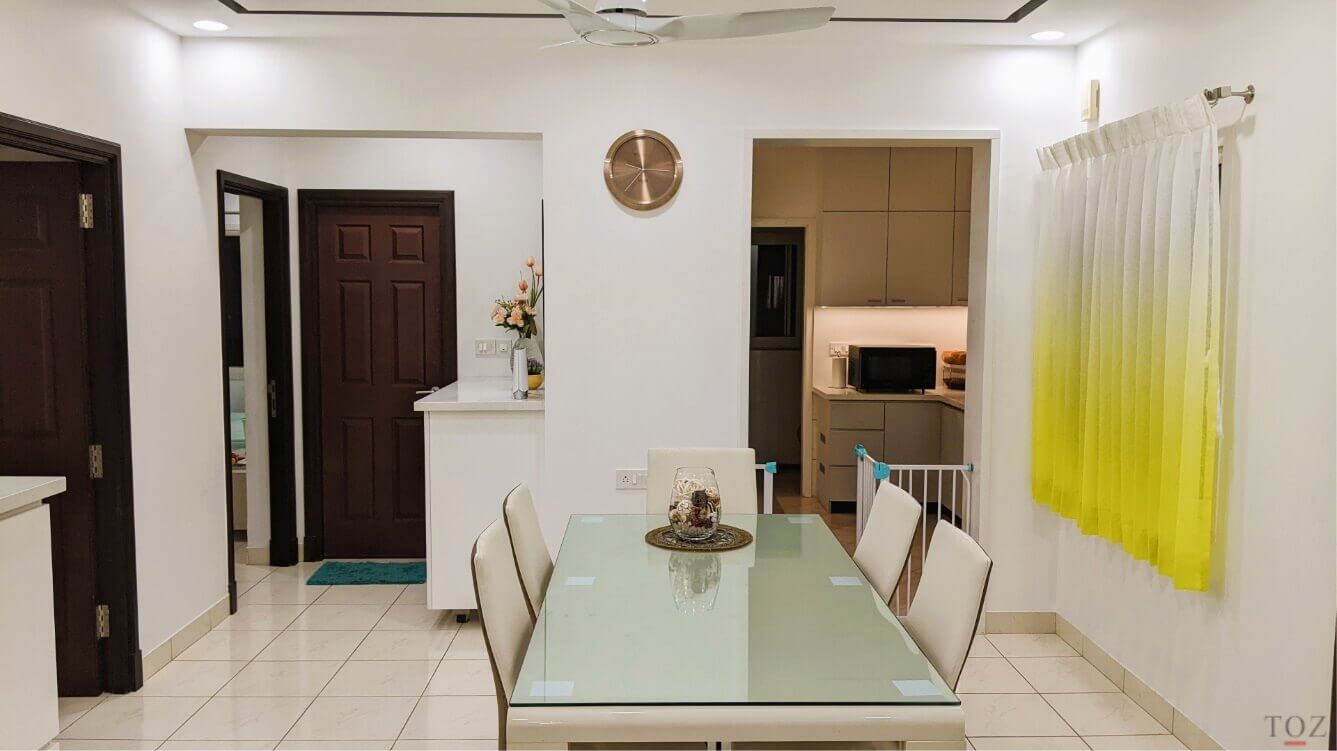
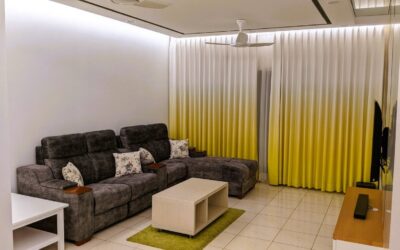
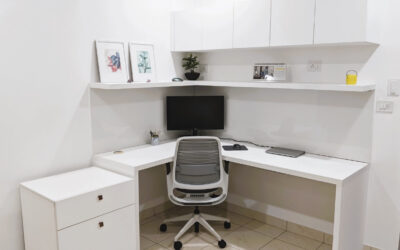
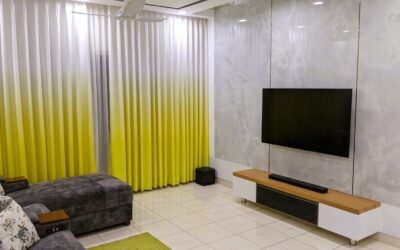

Excellent post. Your sequence of events made a lot of sense and resonated with a a few mid-adventures I have had in the past. The process that you mentioned is quite thorough. How long do you imagine Step 1 and other subsequent steps take? It would be good to have a sense of time commitment so that one can plan accordingly
Step 1 should ideally take you 2-3 weeks, though it may seem that you can finish it in a week. Here’s why:
1) Identifying your needs forces you to think ahead and visualise your life going forward, which can be quite difficult and time-consuming. You need to take into account the phase of life you are entering, expected changes in the size of your family, everyone’s age and associated interests and lifestyle. You might be hosting a lot of parties now, but do you see that happening 2yrs from now? A lot of time goes in thinking over these aspects. Larger your family and the longer you intend to stay in the house, the more time you will need to think.
2) Though categorising needs into must-haves and nice-to-haves is easy for the most part, there will always be a few needs for which you will be on the fence. For instance, we were very keen on having a swing at home (just as we had during our childhood), but it took us a few days before we decided to make it a nice-to-have.
3) Then come the trade-offs you make during prioritisation. Bookrack or musical instrument setup, one child’s hobby vs the other child’s sport, there will be many such choices. There are no right answers for these decisions, making them even more difficult to make.
Plan for several family discussions so that everyone is on the same page before proceeding to step 2.
The time needed for the remaining steps will vary from case to case. It depends on the size of the house, the kind of interiors you are looking for, complexity of design, availability of designers, partners and materials. It would become clearer as I detail out the remaining steps in my subsequent posts.
Thanks, for such a great post. I have tried and found it really helpful. I always prefer to read the quality content and this thing I found in you post.
Thanks